Revitalizing "CookConnect" - A Smart Kitchen Appliance Ecosystem
Product: CookConnect - A suite of smart kitchen appliances (oven, refrigerator, cooktop, blender) integrated with a central mobile app.
Device Type Focus: Mobile App (iOS and Android)
Workshop Goal: To brainstorm, prioritize, and plan the design and implementation of new features for the CookConnect mobile app, focusing on enhancing user engagement, personalization, and ecosystem integration.
Workshop Theme: "Connecting Culinary Experiences"
Target Audience: UX Designers, UI Designers, Interaction Designers, User Researchers, Product Managers, Marketing Representatives, and Engineering Leads.
Workshop Duration: 2 days (10:00 AM - 5:00 PM each day)
Workshop Schedule:
Day 1: Inspiration & Ideation (Focus: Discover & Define)
(10:00 AM - 10:30 AM): Welcome & Introductions (Icebreaker: "My Favorite Kitchen Gadget")
- Brief overview of CookConnect's current state, market position, and user demographics.
- Setting the stage for the workshop's objectives and expected outcomes.
(10:30 AM - 11:30 AM): Competitive Analysis & Trend Research
- Presentation of competitor app features and emerging trends in the smart kitchen and food tech industry.
- Group discussion: Identifying opportunities for CookConnect to differentiate itself.
(11:30 AM - 12:30 PM): User Persona Review & Empathy Mapping
- Review of existing user personas and their needs, pain points, and motivations.
- Collaborative empathy mapping exercise: Deep diving into user perspectives and experiences.
(12:30 PM - 1:30 PM): Lunch Break
(1:30 PM - 3:00 PM): Brainstorming: "Blue Sky" Thinking
- Individual brainstorming: Generating a wide range of new feature ideas for the CookConnect app.
- Brainwriting & Round Robin: Sharing ideas and building upon each other's concepts.
(3:00 PM - 4:00 PM): Idea Clustering & Affinity Mapping
- Grouping similar ideas together to identify key themes and patterns.
- Creating affinity maps to visualize the relationships between different concepts.
(4:00 PM - 5:00 PM): Idea Prioritization: MoSCoW Method
- Using the MoSCoW method (Must have, Should have, Could have, Won't have) to prioritize ideas based on user value and feasibility.
- Voting and discussion to finalize the top 5-7 feature ideas for further development.
Day 2: Concept Refinement & Planning (Focus: Design & Deliver)
(10:00 AM - 11:00 AM): Feature Deep Dive & User Story Mapping
- For each prioritized feature:
- Defining clear user stories ("As a user, I want to… so that…")
- Creating user story maps to visualize the user journey and identify key touchpoints.
(11:00 AM - 12:30 PM): Wireframing & Prototyping (Rapid Prototyping)
- Teams formed around each feature:
- Sketching low-fidelity wireframes to explore different design approaches.
- Creating interactive prototypes using tools like Figma or Adobe XD to simulate user flows.
(12:30 PM - 1:30 PM): Lunch Break
(1:30 PM - 2:30 PM): Prototype Review & Feedback
- Each team presents their wireframes and prototypes.
- Group feedback and discussion: Identifying strengths, weaknesses, and areas for improvement.
(2:30 PM - 4:00 PM): Design Refinement & Next Steps
- Teams refine their designs based on the feedback received.
- Defining clear next steps for user research, usability testing, and visual design.
(4:00 PM - 5:00 PM): Workshop Wrap-up & Action Plan
- Summarizing key takeaways and decisions.
- Assigning responsibilities and setting timelines for post-workshop activities.
- Creating a detailed action plan for implementing the chosen features.
Expected Final Deliverables:
- Prioritized list of new feature ideas.
- User story maps for each chosen feature.
- Low-fidelity wireframes and interactive prototypes.
- Workshop report summarizing key findings and decisions.
- Action plan with assigned responsibilities and timelines.
Post-Workshop Activities:
- User research and usability testing to validate design decisions.
- High-fidelity visual design and prototyping.
- Development and implementation of new features.
- Marketing and communication plan for feature launch.
Success Metrics:
- Increased user engagement (e.g., app usage, session duration).
- Improved user satisfaction (e.g., app store ratings, user feedback).
- Positive impact on business goals (e.g., sales, customer retention).
Reviews
1 review
Your CookConnect workshop plan is well-structured and strategically designed. However, refining certain aspects will make it more impactful and execution-ready. The suggestions below are backed by UX research, cognitive psychology, and product design best practices to ensure the workshop is optimized for creativity, usability insights, and actionable outcomes.
1) Refining the Icebreaker – Priming for Creativity
Issue:
The current icebreaker, "My Favorite Kitchen Gadget," is too casual and does not stimulate creative problem-solving.
Why It Needs Improvement:
Daniel Kahneman’s System 1 and System 2 Thinking (2011) shows that early-stage problem-solving requires fast, intuitive thinking to unlock creative potential. A standard icebreaker does not sufficiently prime participants for ideation.
Proposed Solution:
Replace it with a "Futuristic Kitchen Challenge":
- Each participant sketches a new kitchen gadget from the future in two minutes.
- This method activates divergent thinking, a concept proven by Guilford’s Creative Fluency Research (1956) to enhance problem-solving skills.
- Participants enter an ideation mindset faster, leading to more innovative workshop discussions.
2) Competitive Analysis – Uncovering Usability Gaps
Issue:
The current competitive analysis focuses only on features, missing usability flaws that CookConnect could exploit for differentiation.
Why It Needs Improvement:
Jakob Nielsen’s Heuristic Evaluation Model (1994) states that usability issues are easier and cheaper to fix early in the process. A feature-by-feature breakdown does not highlight usability weaknesses.
Proposed Solution:
- Conduct a live teardown of competitor apps using Nielsen’s 10 Usability Heuristics.
- Assign Severity Ratings (0-4) to each issue found.
- This method will identify overlooked interaction problems and highlight opportunities where CookConnect can improve the user experience.
3) More Hands-on User Research – Prioritizing Real User Insights
Issue:
Reviewing static user personas is passive and does not generate real-world insights about user pain points.
Why It Needs Improvement:
Don Norman’s Emotional Design Principles (2004) show that personas alone do not build deep empathy. Real-time user interactions surface unanticipated friction points that personas cannot predict.
Proposed Solution:
Introduce a Speed User Interview session:
- Each participant role-plays a target user and answers: "What’s your biggest kitchen frustration?" within five minutes.
- This generates authentic, qualitative data that can directly influence feature prioritization.
For deeper insights, add Journey Mapping (Kalbach, 2020) to visually identify critical pain points before ideation begins.
3) More Iteration on Prototyping – Preventing Early Convergence
Issue:
The workshop moves too quickly from ideation to wireframing, limiting creative exploration.
Why It Needs Improvement:
The Double Diamond Model (Design Council, 2005) warns that teams tend to prematurely converge on ideas, which limits innovation. IDEO’s Design Thinking Research (2015) found that structured iteration leads to 30% more successful product ideas.
Proposed Solution:
Before wireframing, integrate a Crazy 8s Sketching Session (Brown, 2009):
- Each participant rapidly sketches eight different UI concepts in eight minutes.
- This forces divergent thinking and prevents settling too early on a single idea.
Encourage cross-team critiques before wireframing, following IDEO’s Human-Centered Design Toolkit (2015), to further refine ideas before committing to development.
4) Post-Workshop Strategy – Making Execution Scalable
Issue:
The plan lacks structured post-workshop validation steps, which could lead to weak execution.
Why It Needs Improvement:
Marty Cagan’s Inspired (2017) highlights that workshops often fail in execution due to a lack of follow-up planning. Google Ventures’ Sprint Methodology (2016) improved product success rates by 60% using structured validation cycles.
Proposed Solution:
Implement a 3-Week Research Sprint post-workshop:
- Week 1: Usability testing with five users (Nielsen’s Five Users Rule).
- Week 2: Iterate based on findings and build refined MVP flows.
- Week 3: Conduct stakeholder validation before moving into development.
Introduce a Go/No-Go checkpoint: Define what would make the team kill a feature before committing development resources. Lean UX research (Gothelf, 2013) confirms that this step prevents wasted effort on unvalidated ideas.
You might also like
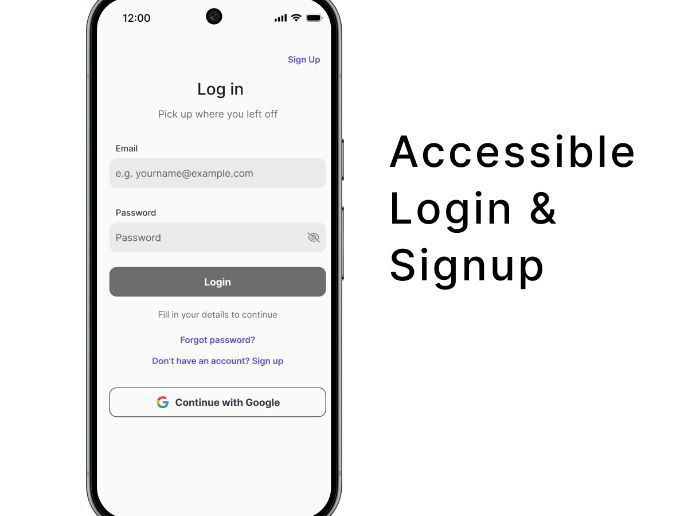
Florish Accessibility Signup Form
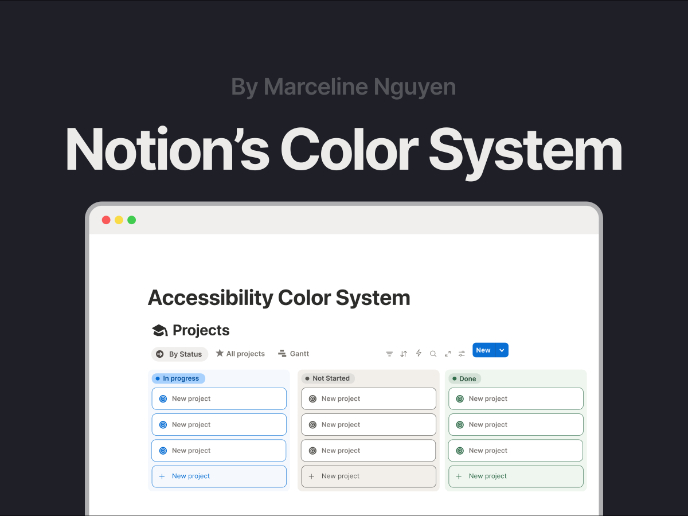
Notion - Accessibility Color System
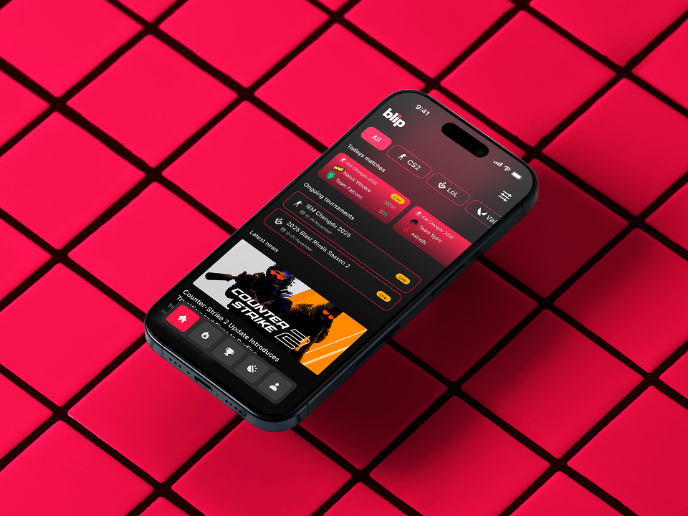
Blip - Esport app design (Light & Dark UI)
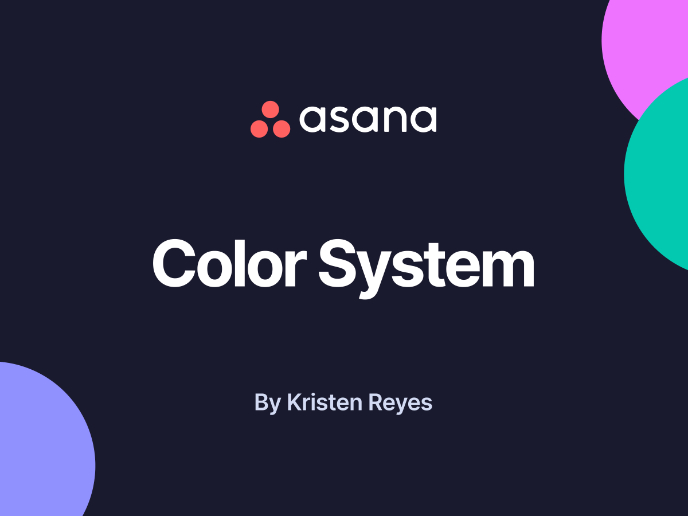
Reimagining Asana's Color System
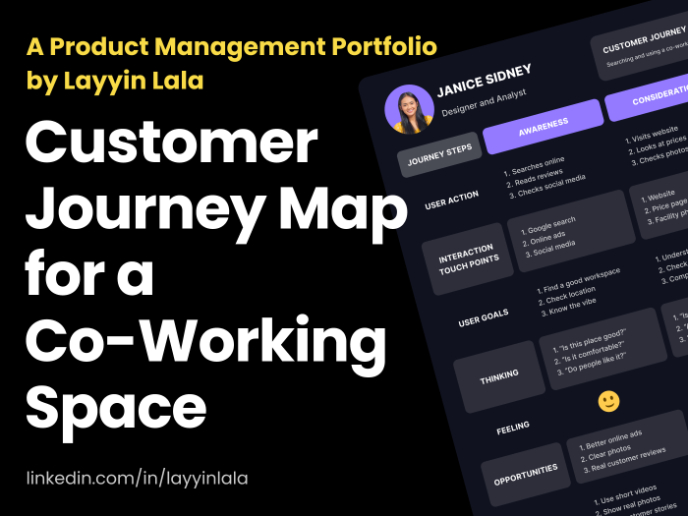
Customer Journey Map for a Co-Working Space
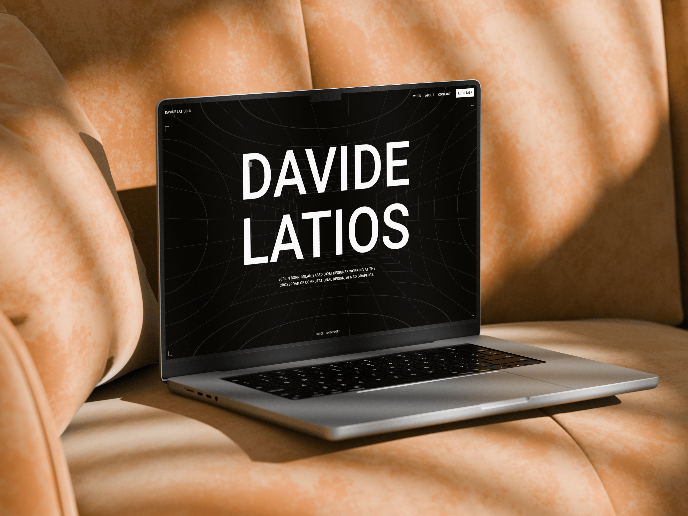
Latios - Free Portfolio Template for UX/UI Designers
Design Leadership Courses

UX Design Foundations

Introduction to Figma












